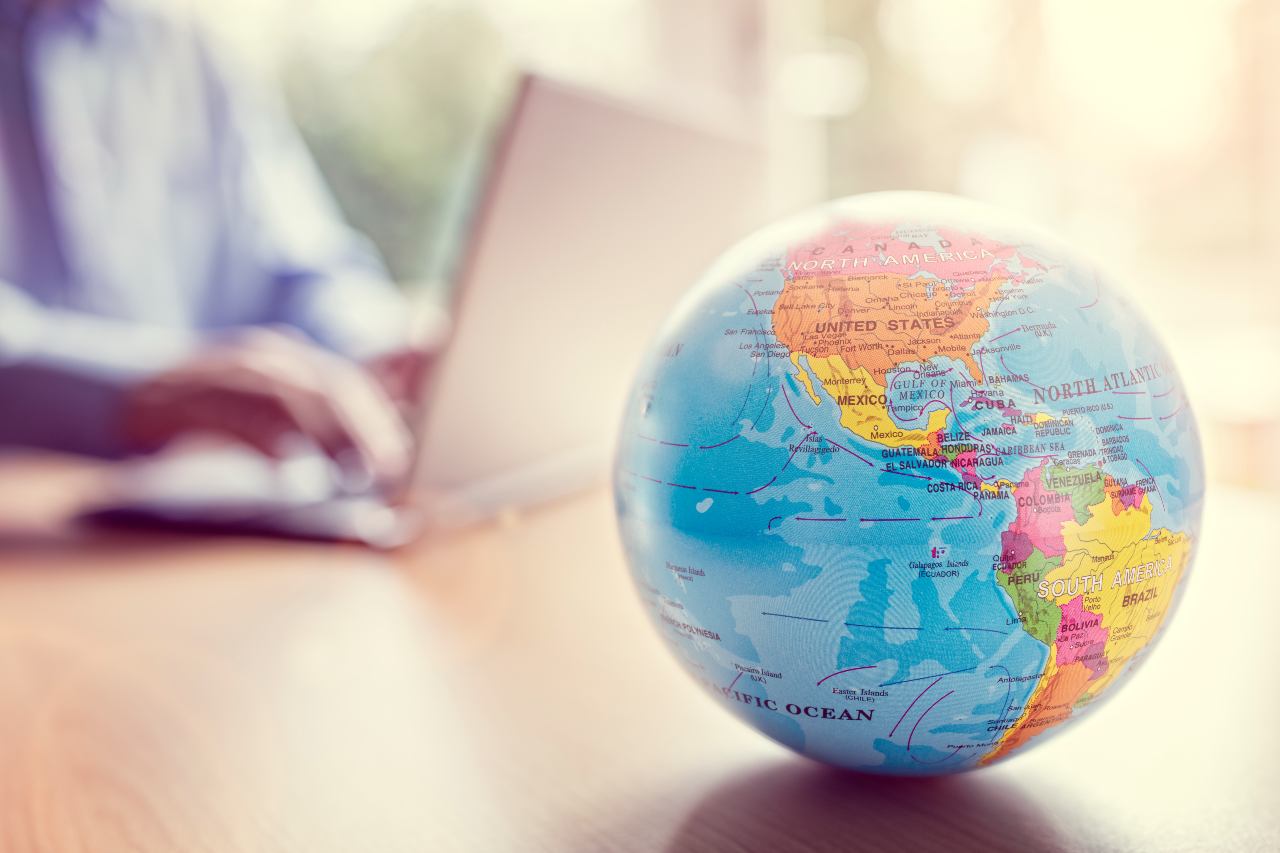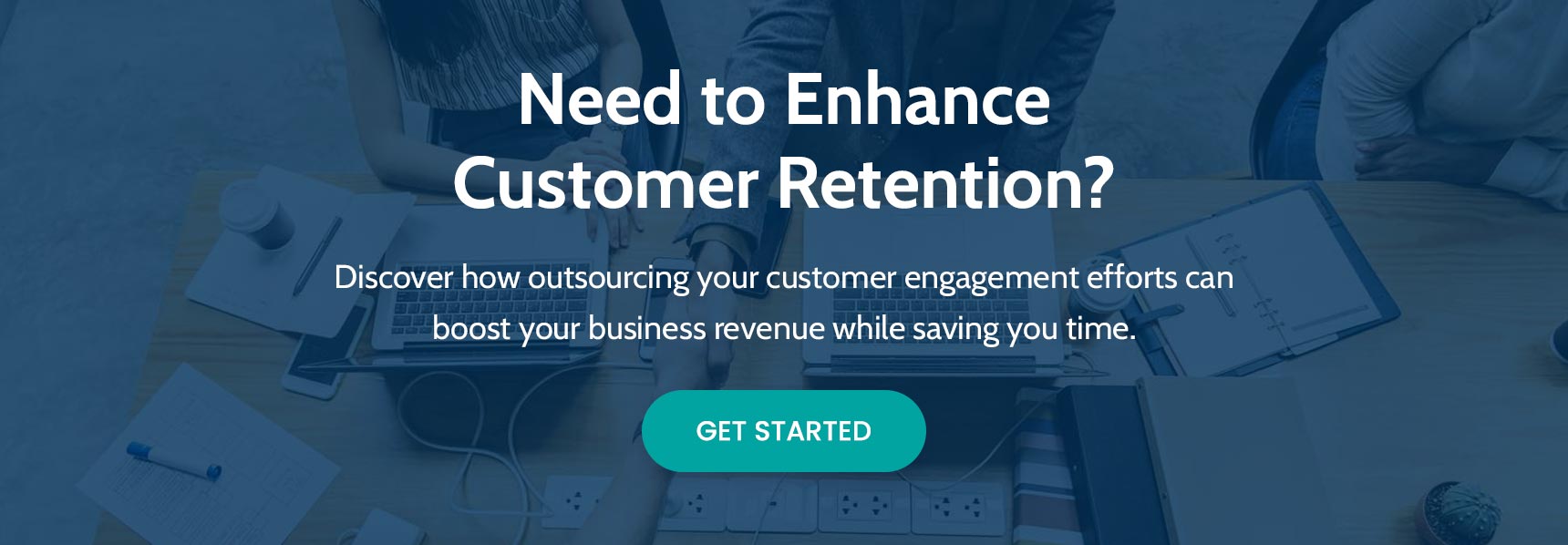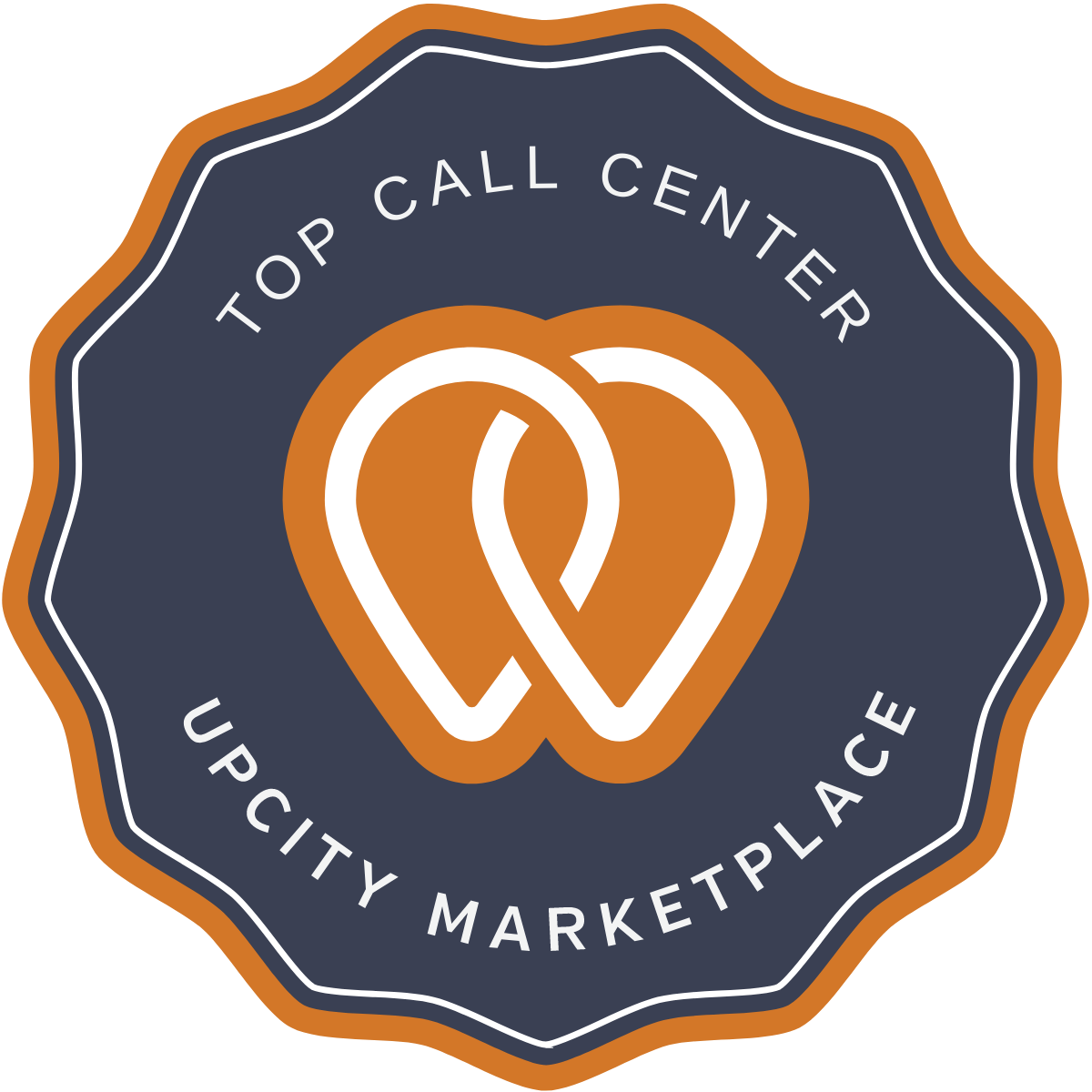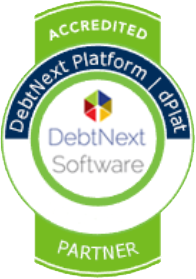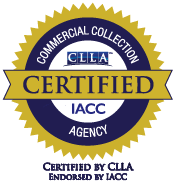According to a recent survey by HubSpot, 66% of customers expect companies to understand their needs. In order to provide excellent customer experiences, you have to understand what your customers are looking for.
Is the person you’re speaking to currently a customer? Or are they a potential customer seeking information before making a purchase? How you communicate with an existing customer should be different than how you talk to a prospect. Why? Because the best customer experiences are catered to each individual.
At Radius Global Solutions, we specialize in gathering essential customer data to deliver highly engaging customer interactions. Read on to learn what customer experience (CX) journey mapping is and how you can create one for your business.
What Is Customer Journey Mapping? Why Does It Matter?
A customer journey map (or buyer journey map) is a visual representation of the steps your customers take. It starts with simply becoming aware of your company – and what you have to offer – all the way through to becoming an advocate for your brand.
But creating your map will have little impact if it’s based on assumptions or broad generalizations. It must be specific to your customers, defining their needs and what drives them to make decisions. So, mapping the customer journey requires in-depth research about your audience.
When done right, customer experience maps help your business:
- Align internal teams and break down silos
- Identify gaps in your CX strategy
- Phase out ineffective customer touchpoints
- Improve targeting on marketing campaigns
- Predict customer behavior and proactively pivot
- Communicate with customers more effectively and efficiently
- Better understand your audience’s challenges
So, how do you collect the information you’ll need to build your map? One effective way is by sending out a survey. Simply ask your customers why they chose your business, what challenges they’re facing, and any other relevant questions about your products/services.
Just make sure to limit your survey to about 10 questions to encourage submissions. And consider multiple choice responses instead of open-ended questions if possible. The simpler the survey, the better the response rate will be.
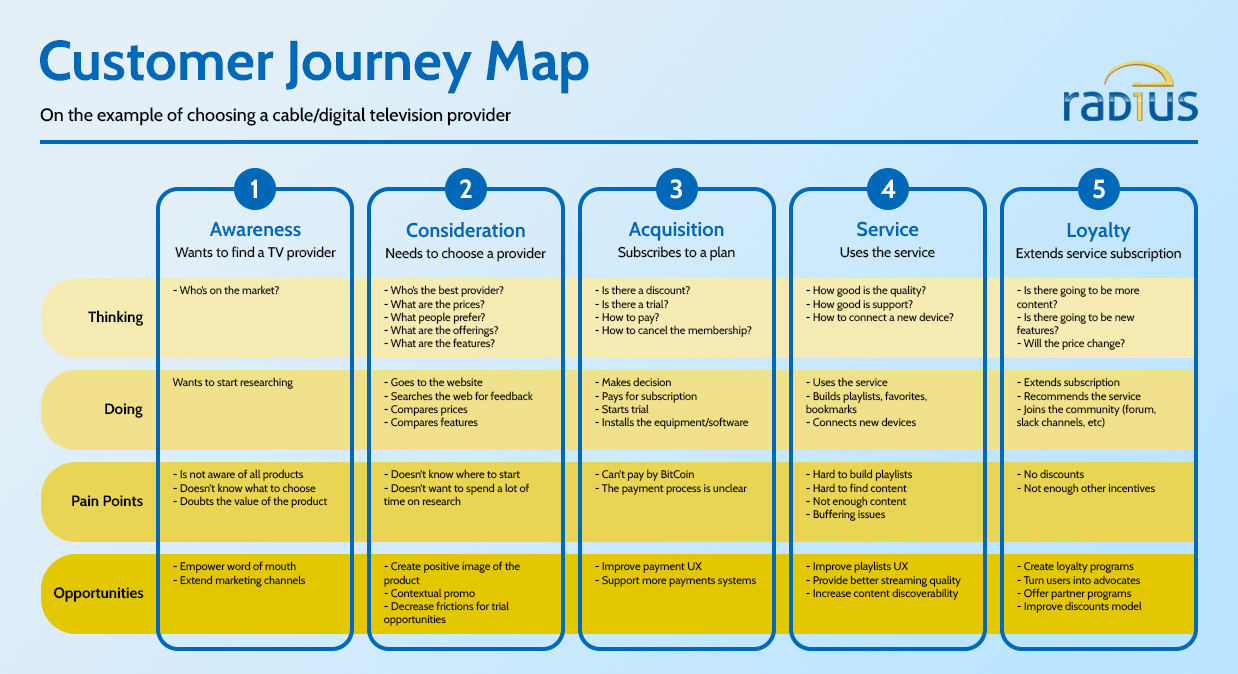
To truly maximize the effectiveness of customer journey maps, it’s crucial to integrate real-time customer feedback. This approach allows companies to continuously refine and adjust their journey maps based on up-to-date customer experiences and behaviors.
Implement tools like live chat feedback, quick surveys after service interactions, and social media monitoring to gather ongoing insights. These real-time data points can help identify new pain points or areas of delight that may not have been initially apparent, ensuring that your journey maps evolve with your customers’ needs.
What to Include in Your Customer Experience Map
Customer experience maps are not a one size fits all approach. They can vary based on what type of business you are (B2B vs. B2C vs. B2B2C, for example) and your goals. Remember that the most effective maps are the ones that are specific to your customers’ needs.
However, there are some elements that we recommend to help you get the most out of your buyer journey map:
- Buyer personas – A buyer persona is your ideal customer – the one who will most likely buy your product or service. You’re likely targeting multiple audiences. Create a unique buyer persona (or user persona) for each audience. Then, build separate customer journeys for each persona. Try to limit your number of personas and journeys to a maximum of 4. Focus on those personas (or customers) who represent 75%-80% of your overall revenue.
- Phases of the journey – Phases typically include Awareness, Consideration, Decision/Purchase, and Loyalty. Phases can be added or removed based on the typical steps your customers take.
- Challenges – What roadblocks and stressors do your customers face? Further down the journey, what common problems do they have with your organization? What would cause them to lose trust and loyalty to your business? Identifying these items will help your business stay proactive in making improvements.
- Channels – Identify and list the communication channels your customers use the most. This includes email, phone (calls and SMS), live chat, social media, and more.
- Motivations – What motivates your customers to reach out to your business and ultimately make a purchase? On the flip side, what might motivate them to choose a competitor?
- Goals – Your personas’ goals should be listed at each phase of the customer journey. Note that these may change over time.
How Do Customer Journey Maps Improve CX?
Mapping the customer journey will help your team visualize your customers’ challenges and goals depending on their level of engagement with your business. This will help your customer service team better connect with your customers during every interaction.
When businesses understand their customers and can empathize with their struggles, it’s easier to effectively respond. Putting yourself in your customers’ shoes is key for providing genuine responses and prioritizing their needs.
Improving your CX strategy helps with reducing customer churn, encouraging more referrals, and surpassing your competition. In fact, customer-centric companies are 60% more profitable than companies that aren’t. Developing accurate, descriptive customer experience maps is an excellent first step toward realizing these benefits.
Promote a culture of customer centricity in your business by engaging with customers where they are rather than where you want them to be. Your customers will certainly notice a positive difference in your level of service.
Advanced analytics also play a pivotal role in taking customer journey mapping to the next level. With data analytics, your company can predict future customer behaviors and personalize interactions based on historical data. Implement machine learning models to analyze customer pathways and predict potential churn points or opportunities for upselling.
Analytics can also help tailor communication strategies to individual customer preferences, making each interaction feel more personalized and effective. That way, you can be more proactive and enhance the customer experience.
Outsource Your Customer Experience Strategy
While building customer experience maps has a comprehensive list of benefits, it’s also time-consuming. This process involves taking a comprehensive look at your audience, not skipping any steps along the way.
Don’t have the in-house resources available to get it done? Contact the team at Radius today to outsource your customer experience strategy and provide more personalized service.
